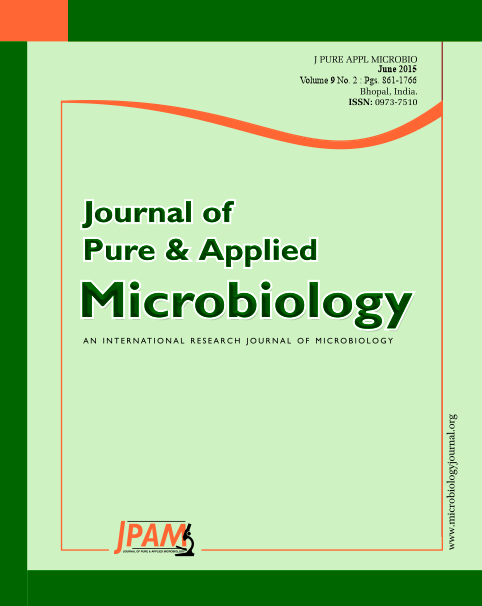The progress technology of molecular markers to genetic diversity has enabled to an increase in our knowledge of rice genetics and our understanding of the structure and behavior of genomes. DNA markers technology becomes the markers of the study of the genetic analysis of rice species, cultivars and genomes, because they are able to assessment the genetic variation more precisely, cheaply and quickly. These techniques in special the use of molecular marker, have been utilized to study of DNA structure divergence in and during the create new sources of genetic diversity, genetic variation and species by introducing appropriate and new characteristic from related grass species and landraces. Development in molecular marker detection systems and in the techniques used to identify markers linked to useful traits has led large advances to be made in recent years. ISSR markers are highly polymorphic and are useful in researches on phylogeny, genome mapping, evolutionary biology, genetic diversity and gene tagging. This review investigator the use of this techniques for the inter simple sequence repeat (ISSR) fordetecting genetic analysis in rice.
Genetic diversity, Genetic marker, ISSR, Rice
© The Author(s) 2015. Open Access. This article is distributed under the terms of the Creative Commons Attribution 4.0 International License which permits unrestricted use, sharing, distribution, and reproduction in any medium, provided you give appropriate credit to the original author(s) and the source, provide a link to the Creative Commons license, and indicate if changes were made.


